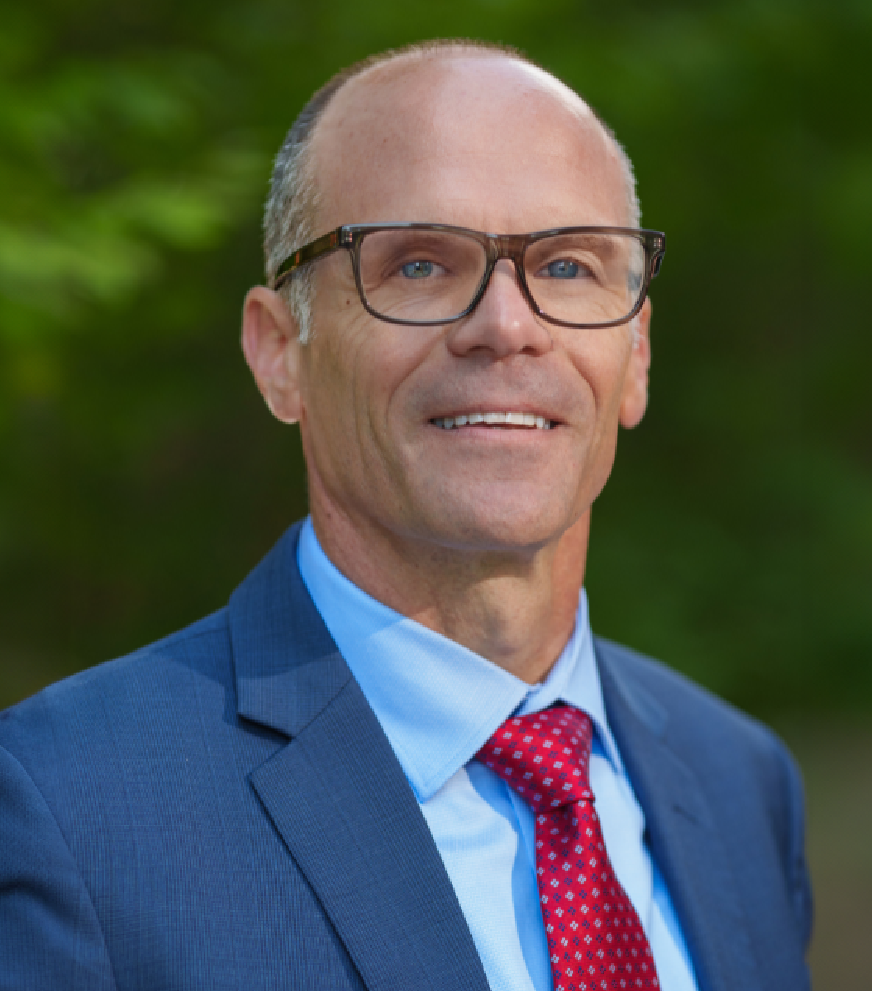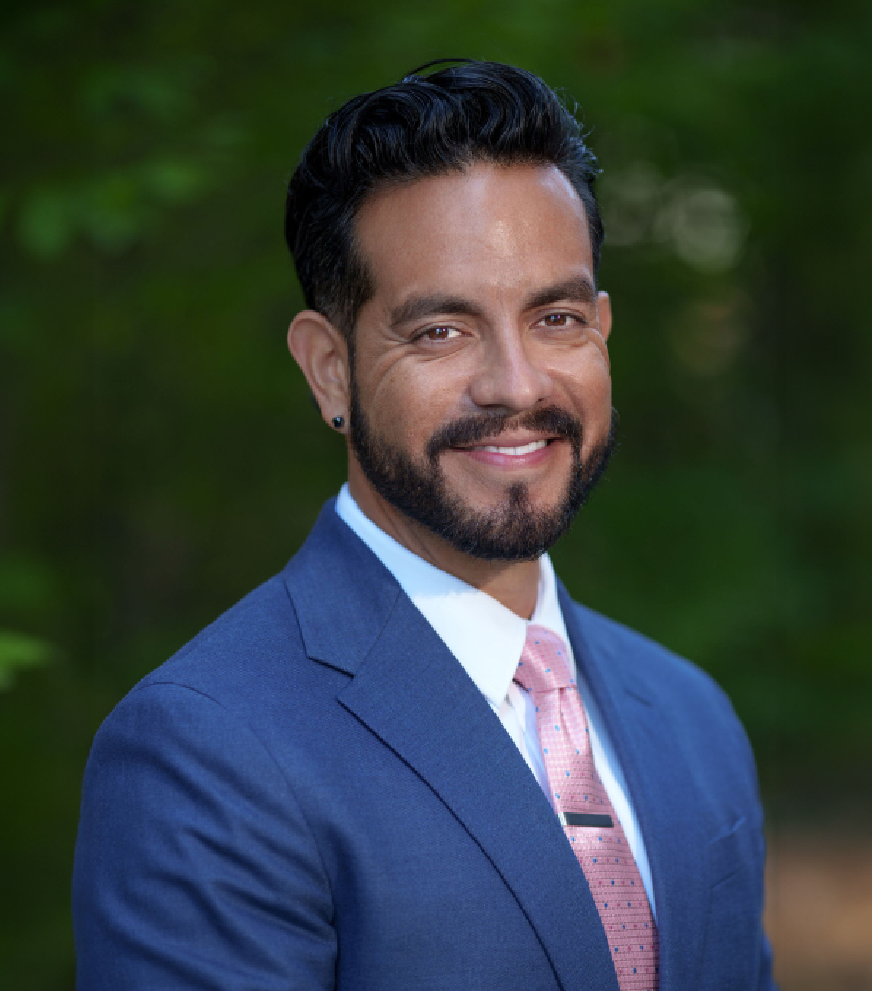
Addressing the Problem With Problems (Part 2)
How Can Education Agencies Construct Clear and Well-Defined Problem Statements?
In Part 1 we addressed the problem with trying to rush forward with silver bullet solutions that gloss over clear and well-defined problem statements. Before getting to solutions, it is critical to first understand how to construct clear and well-defined problem statements. The time invested in defining the problem will pay substantial dividends in the quality of the solution and the efficiency in implementing it.
Given the complex nature of problems in education, how can state and local education agencies identify the right problem to solve?
Below, we describe 6 key principles to guide effective problem identification:
- Start with a vision. A vision requires that stakeholders understand how the problem, when effectively addressed, will move the system toward achieving its goals.
- Be inclusive and representative. Addressing a complex problem starts with a group of well-meaning people who bring a wide range of expertise and perspectives to unpack the problem at hand.
- See the problem from the end-user’s perspective. Effectively defining and describing the problem requires that the problem is viewed from the end-user’s perspective.
- Expand, and then narrow. Developing problem statements is an inductive and deductive process that requires individuals to expand perspectives before narrowing a problem to a well-defined question or statement.
- Make the problem statement SMART. Creating problem statements that are Specific, Measurable, Actionable, Realistic, and Timely can make them more achievable, and thus high leverage. Having a high-leverage problem can help a system enact its vision.
- Revisit and revise. High-leverage problems are not easy to solve. Through systematic and disciplined investigation, organizations often find that the same problem requires multiple solutions.
In the table below, we offer a brief set of considerations for each principle and how it applies to a timely real-world issue: how to accelerate learning and address pandemic-related unfinished learning.





Identifying problem statements can be time-consuming and painstaking. But getting the problem right is well worth the time, and it is a critical first step for continuous improvement. Creating an effective problem identification process improves an organization’s odds for success. Moreover, it can also crystallize an organization’s vision, break down siloes, build bridges among stakeholders, and, ultimately, create organizational conditions for long term and sustainable growth.

